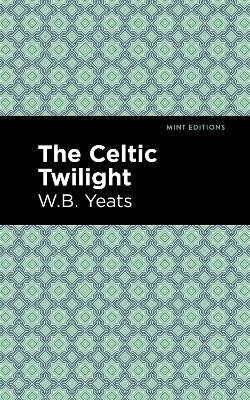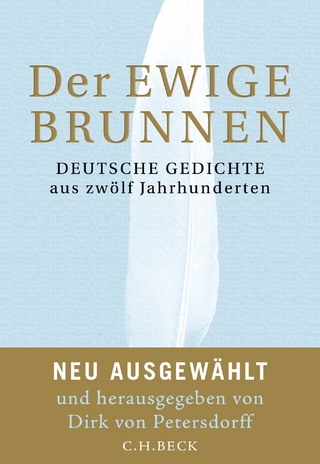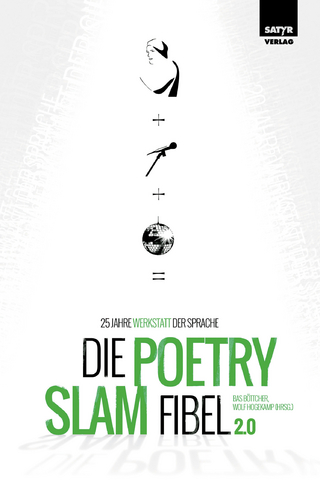
The Celtic Twilight
Mint Editions (Verlag)
978-1-5132-7084-5 (ISBN)
In “Belief and Unbelief,” a story is shared about a village at the foot of Ben Bulben. One day, a young girl disappears while walking through a local field. Fearful that the faeries have gotten her, the townspeople conduct a search of the village, checking every home while burning ragweed and reciting spells to ward off the mischievous spirits. “Mortal Help” discusses the interdependence of humans and faeries, who require the presence of the living in order to play games in the physical world. As evidence, an old ditch digger tells a story from his youth, when he witnessed a group of faeries playing the game of hurling not far from the field where he was working. In “A Knight of the Sheep,” an old farmer faces off with the local tax collector, and both struggle to maintain respect for one another while trading shrewdly concealed insults. “The Devil” discusses several demonic sightings among Irish peasants, who claim to have met Lucifer by the side of the road by day and under the bed at night. The Celtic Twilight captures the collision of ancient and modern Ireland, preserving its legends while ensuring their mystery remains.
With a beautifully designed cover and professionally typeset manuscript, this edition of W.B. Yeats’s The Celtic Twilight is a classic of Irish literature reimagined for modern readers.
W.B. Yeats (1865-1939) was an Irish poet. Born in Sandymount, Yeats was raised between Sligo, England, and Dublin by John Butler Yeats, a prominent painter, and Susan Mary Pollexfen, the daughter of a wealthy merchant family. He began writing poetry around the age of seventeen, influenced by the Romantics and the Pre-Raphaelite Brotherhood, but soon turned to Irish folklore and the mystical writings of William Blake for inspiration. As a young man he joined and founded several occult societies, including the Dublin Hermetic Order and the Hermetic Order of the Golden Dawn, participating in séances and rituals as well as acting as a recruiter. While these interests continued throughout Yeats’ life, the poet dedicated much of his middle years to the struggle for Irish independence. In 1904, alongside John Millington Synge, Florence Farr, the Fay brothers, and Annie Horniman, Yeats founded the Abbey Theatre in Dublin, which opened with his play Cathleen ni Houlihan and Lady Gregory’s Spreading the News and remains Ireland’s premier venue for the dramatic arts to this day. Although he was an Irish Nationalist, and despite his work toward establishing a distinctly Irish movement in the arts, Yeats—as is evident in his poem “Easter, 1916”—struggled to identify his idealism with the sectarian violence that emerged with the Easter Rising in 1916. Following the establishment of the Irish Free State in 1922, however, Yeats was appointed to the role of Senator and served two terms in the position. He was awarded the Nobel Prize in Literature in 1923, and continued to write and publish poetry, philosophical and occult writings, and plays until his death in 1939.
| Erscheinungsdatum | 05.02.2021 |
|---|---|
| Reihe/Serie | Mint Editions |
| Co-Autor | Mint Editions |
| Zusatzinfo | Illustrations |
| Sprache | englisch |
| Maße | 127 x 203 mm |
| Themenwelt | Literatur ► Lyrik / Dramatik ► Lyrik / Gedichte |
| Sozialwissenschaften ► Soziologie | |
| ISBN-10 | 1-5132-7084-2 / 1513270842 |
| ISBN-13 | 978-1-5132-7084-5 / 9781513270845 |
| Zustand | Neuware |
| Informationen gemäß Produktsicherheitsverordnung (GPSR) | |
| Haben Sie eine Frage zum Produkt? |
aus dem Bereich


